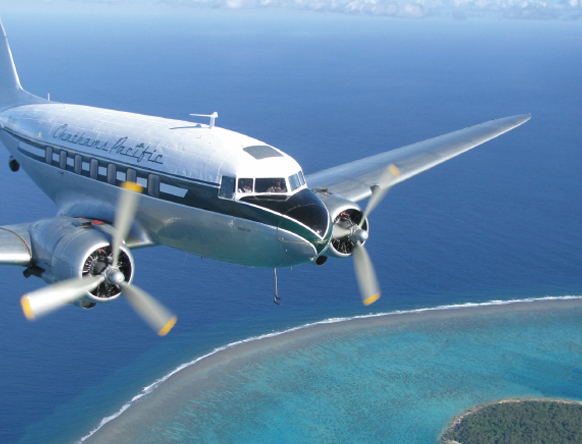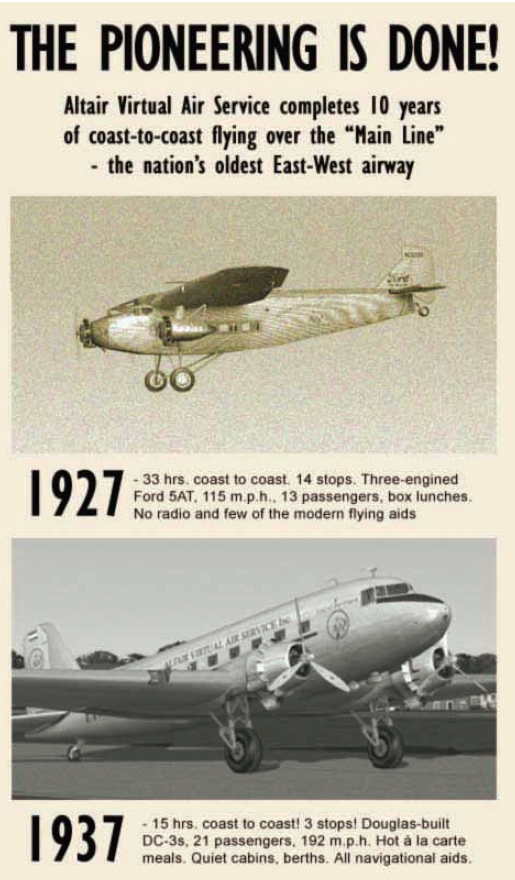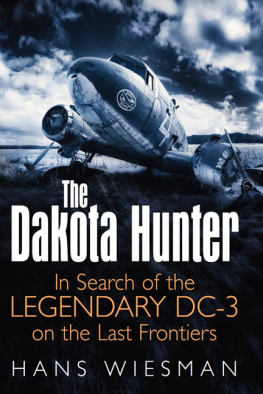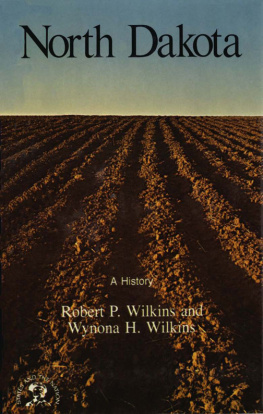

Published in the United States of America and
Great Britain in 2015 by
CASEMATE PUBLISHERS
908 Darby Road, Havertown, PA 19083
and
10 Hythe Bridge Street, Oxford, OX1 2EW
Copyright 2015 Hans Wiesman
ISBN 9781612002583
eISBN 9781612002590
Cataloging-in-publication data is available from the Library of Congress and the British Library.
All rights reserved. No part of this book may be reproduced or transmitted in any form or by any means, electronic or mechanical including photocopying, recording or by any information storage and retrieval system, without permission from the Publisher in writing.
Book design by Ian Hughes, www.mousematdesign.com
Front cover photo: courtesy of Hjarald Agnes, www.Facebook.com/newdefltblue
Back cover photo: courtesy of Rico Besserdich
Photograph on pages 2/3 Ruud Duk
10 9 8 7 6 5 4 3 2 1
Printed and bound in India by Replika Press Pvt. Ltd.
For a complete list of Casemate titles please contact:
CASEMATE PUBLISHERS (US)
Telephone (610) 853-9131, Fax (610) 853-9146
E-mail: casemate@casematepublishing.com
CASEMATE PUBLISHERS (UK)
Telephone (01865) 241249, Fax (01865) 794449
E-mail: casemate-uk@casematepublishing.co.uk

Contents
From the Encyclopedia Britannica:
In his memoirs, General Dwight Eisenhower cited the C-47 as one of the most important instruments of victory over Nazi Germany. Until the debut of the four-engine Douglas C-54, which did not enter service until 1944, the C-47 was the most capable transport aircraft of World War II. Beyond doubt it was the most versatile operationally and the most important strategically. The C-47 was a forgiving aircraft, easy to fly and easily maintained under primitive field conditions. Many aircrew and passengers owed their survival in crash landings to its rugged construction, and its resistance to battle damage was legendary.

Where it all started for me: magic flights over the Caribbean and the Pacific islands from the late 1940s that kept my nose pressed against the DC-3 window. The Gates of Wonder opened up for me in a most spectacular setting. (photograph Brendan Odell)

Introduction
to the Douglas DC3/C47/Dakota
T his book is dedicated to an outstanding aircraft, the Douglas DC-3, later also known as the C-47 and Dakota. Its groundbreaking design and longevity make this aircraft a flying relic that in December 2015 will celebrate the 80th anniversary of its maiden flight. The year 2015 also marks the 70th anniversary of the end of World War II, from which the Dakota emerged as a glorious Icon of Victory.
The basic silhouette of this legendary aircraft first became known to the world in July 1933 with the maiden flight of the Douglas DC-1, of which only one was ever built. The improved version, the DC-2, followed in 1934, went into operation at TWA, and soon proved very successful. This all-aluminum, twin-engine aircraft with room for 14 passengers was engineered by a team led by chief engineer Arthur E. Raymond.
Its state-of-the-art design featured a retractable landing gear, under-wing flaps, and variable pitch propellers. Furthermore, the streamlined shape was completed by the blending of wing to fuselage with airflow enhancing fairings that greatly contributed to the relatively low drag and high speed of the aircraft. The perfectly rounded and elliptical form was in sharp contrast to the ungainly looking aircraft of the previous generation. This was all due to the development of stronger engines, advanced aerodynamic expertise, and new riveting and production techniques for sheet metal assembly. The combined result was a huge step forward in terms of looks and aerodynamic efficiency when compared to the mainstream aircraft types of the early 1930s. The Fokkers F.XII and F.XVIIIs and Fords Tri-motor types ruled the skies, but they turned, almost overnight, into old-fashioned flying crates, with their glued plywood and canvas construction over steel tubing frames.

This 1937 ad expresses best the huge leap forward in aviation that came with the genesis of the DC-3. Its precursors, such as the Fokker and Ford Tri-motors, both had a Flintstones appearance when compared with the ground breaking design and state-of-the-art technological features of the all-metal DC-3.
Their obsolete three-engine layout and fixed landing gear resulted in much higher drag designs with lower speed and less ruggedness compared to the metal cage constructions of the New Generation transports being produced by Boeing, Lockheed, and Douglas. These leading-edge designs and manufacturing techniques were introduced in 1932 and 1933. Some even say that the genesis of the Douglas DC concept had completely reinvented the airplane.
And the best was yet to come, as ongoing rapid technological aero-engine development soon enabled the production of a stretched version of Donald Douglass aluminum flying wonder. That aircraft named the DST (Douglas Sleeper Transport) ordered by American, made its maiden flight on December 17, 1935. It had 16 sleeping berths and seven were to be built. Production nr. 8 was provided with 21normal seats for American Airlines and was first time given the designation DC-3.
This DC-3 would revolutionize air transport and was to become one of the most significant transport aircraft ever made in the 100 years of aviation history.
The type offered a payload double that of its predecessor, the more circular fuselage could accommodate soon twenty-eight passengers, and it had a much higher speed and better profit per passenger than any of the old school tri-motors.
The DC-3, which was born as a Douglas Commercial aircraft (hence the DC prefix), won the battle for the fast, new, all-metal airplane market against the Boeing Model 247 and Lockheeds Model 14 Super Electra, and it was soon the best-selling and most commonly flown type of aircraft in North America and beyond. Its success attracted the attention of the military and they quickly introduced their own nomenclature as all sorts of special military versions were about to be developed and thus needed to be categorized. (for more details and specs see www.douglasdc3.com)
The best-known and most widely flown type was the C-47 (Skytrain), the basic military version with reinforced floor and double cargo doors, suitable for the transport of troops and light battlefield equipment such as Jeeps and howitzer trailers. The Army also developed subcategories, including the C-47A and the B type for the types with turbo-charged engines.

Before the war, the success of the DC-3 had an overwhelming impact on the passenger air transport of America. Both car companies Ford and Chrysler were keen to use the Flying Wonder for the promotion of their cars. I found an amazing Ford ad in the Life Magazine May 1940 issue and a photo of the Chrysler Town & Country 1941. This Woody was made by the hundreds of thousands. There are now only a handful left, kept as valuable museum and private collectors objects, while that DC-3 is still around in numbers, even flying in commercial service in the USA and Canada!
Next page















